With the improvement in technology, current cars are now operating better than ever. Nowadays, many spark plugs can run up to 160,000 km between changes. Electronic ignition has eliminated points and condensers. Chassis, suspensions and some transmissions are ensured to be lubricated forever. Besides, factory warranties usually last for 6 years or more. Most of contemporary cars are expected to run for approximately 350,000 km with regular upkeep. Is that great? It is, but those figures are theoretically based on labotary experiments and assumed in ideal environments. It is the matter of fact that there are so many factors affecting your car. To get the number provided by the factory, it is necessary that you regularly check out and properly maintain your new car right from the beginning.
Here are 10 simple new car maintenance tips that can help your car run and look like new all the time.
Basic Maintenance Tips for Your New Vehicle
>>> You might also like to read:
1. Have engine oil checked regularly
Car oil is used for lubricating engine and other components. Car oil ensures the fluency of movements between components or devices. In addition, with the properties of itself, it can prevent corrosion on metal parts of the engine. With all those things, car oil is really important. It’s required that you use proper and high-quality type of oil for each type of engine. Find some affordable oil, especially ones are recommended by manufacturer and other seasoned drivers. Besides, spend some time doing an oil check. Make sure car oil level is in good condition. Refill oil tank if needed and remember not to overfill it. You need to fix right away if the oil has signs of leaking.
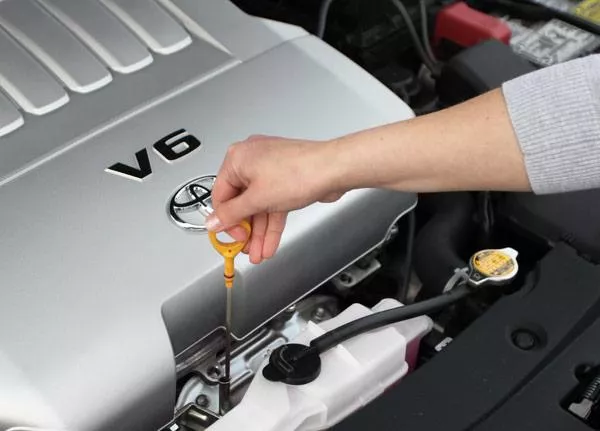
Car oil is used for lubricating engine and other components
According to experienced car owners, after each 12,000 km or 6 months of use, you should do a regular oil change. That standard is enough for light car operations. Otherwises, if you usually use car with high frequency, and in dirty environments, that standard would be half down. Cars using diesel or turbocharged engine need even more frequent oil changes.
>>> See more: 4 factors to consider to choose the right engine oil
2. Check tire pressure
Tires which are pumped correctly will make your car run faster with less fuel and efforts. Air inside the tires are able to sleep out, although that will take time, but it does not mean the the tires will be full for a long time. Once a month or before and after (when the tires rested for a while) every long journey is the frequence you should apply for a tire check.
There are two pressure standards for a tire. The first one is embossed on the side of the tire. The other is manufacturer’s recommendation. The latter is standard you should follow, because the first standard is the maximum the tire can handle. Keep the pressure adequate to avoid tire blow-out. Recommended pressure can be found in the manual or you can look for it on the Internet based on the car’s make and model. Check that of the spare tire as well. To get exact current tire pressure, it would be the best that you invest in some digital tire-pressure gauges. Or else, pencil-type gauges are enough. Note that the gauge limit should be about 30 psi higher than the tire.
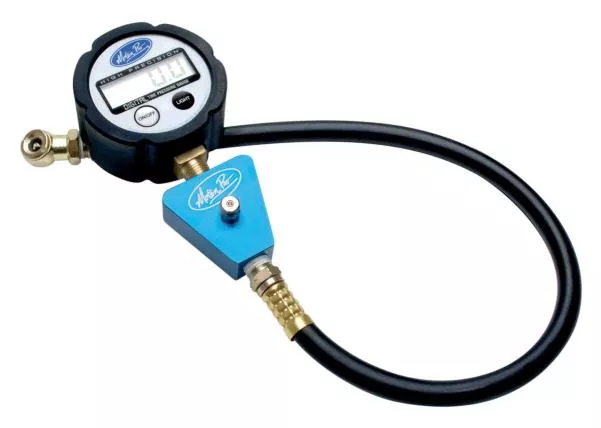
Digital tire-pressure gauges have a small screen displaying accurate tire pressure
Also check for other abnormal signs on the tire such as wear and cuts. Those signs indicate a bad or old tire. You would never know when that bad tire is going to blow out. You’d better replace another tire for ensuring safe driving. The sooner the better, because ultimately you will have to replace it anyway.
>>> Read more: Why do unused car tires wear off & How to preserve car tires?
3. Have your car washed at least once a week
Dust-covered, dirty car is not only inaesthetic but also prevents your car from operating effectively. Letting feculence hang on the car, especially under the hood, gradually make it more difficult to clean. Try to wash the car at least once a week. Be painstaking to squirt the water to the undercarriage part to clean out the dirt and road salt. That will leave spaces for the engine to breath.
>>> Related post: 10 easy steps guide to wash your car at home
4. Check the air filter
Take the air filter out of the engine, hold it up against the light and watch. If the light is not able to get through, you need to replace that with the new one. An air filter can last for approximately 10,000 km averagely. But checking and cleaning it more often could expand its lifespan.
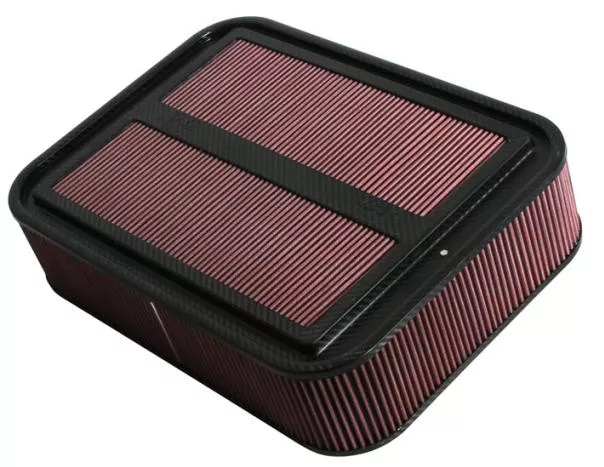
Air filter is hard to totally clean so, replace it if possible
5. Check the Constant-Velocity-Joint Boots
Constant-Velocity-Join boot, or also known as CV Join Boot for short, which connects to the transmission, has the role of supplying torque to the wheel while the car is turning and moving up or down. These are usually assembled on front-wheel drive or four-wheel drive in some vehicles. Examine these parts and immediately replace them if there are any cut, cracked or leaking signs. And don’t let it dirty, or you will have to spend a lot of money changing new boots.
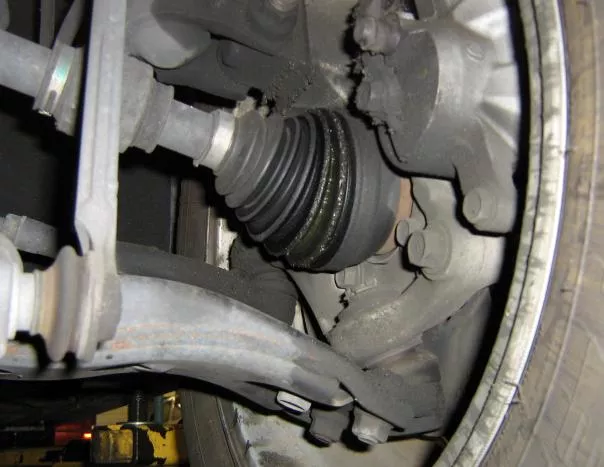
Once the CV Joint Boots gets feculent, you have no choice rather than changing new ones
6. Check your car brakes
Neglecting the car brakes could lead to some incedents like brake fails, so don’t do that. To check brakes system, it requires tons of efforts. Therefore, it’s common that many people will do a store check. But if you want to do it on your own, you will have to remove all the wheels, then you can start examining. Look for brake pads that are excessively used. They should be replaced twice a year, or more if you travel a lot.
>>> See more: How to make your brakes last longer?
7. Check car fluids
Some of latest cars seal the transmission. For those which do not, you can check the fluid dipstick when the engine is up and running. In additional, check the power-steering-pump dipstick. If the fluid level is too low, refill it. It’s not the end yet, pay more attention to the fluid level again. If it drastically decreases, then, there is absolutely a leak. You need to detect where the leak comes from and fix it immediately.
Many car models now require a fluid and filter change every 60,000 km or right when you see the pink/green liquid turns brownish. The filter can last longer so you only need to replace it after 160,000 km.
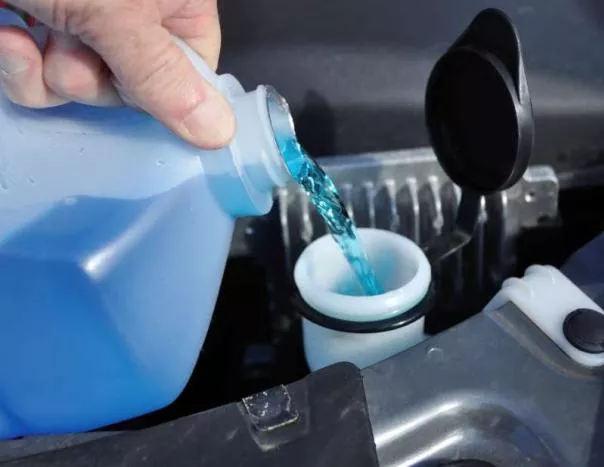
Maintaing car fluid level ensures cyclinder’s pressure and makes the engine run stably
8. Clean the radiator
With a dirty radiator, the car engine will be overheated that could lead to blow-out and misfunctioning. Pop up the car hood, remove the radiator out of the engine and make it cleaned up.
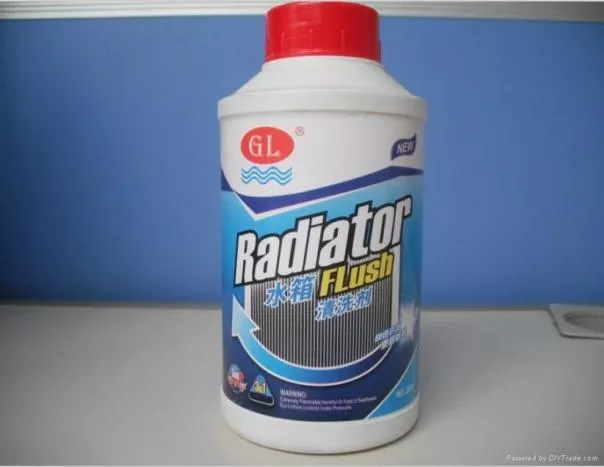
Use radiator flush cleaner to make the radiator easier to clean
Checking for leaked radiator is another must. If it leaks, replace by another one. Patching it up will only slow down the leak. Soon the leak will become more serious. You should drain and flush the car cooling system as well and you might want to do this at a service store.
9. Charge up the battery
Inspect the battery terminals and cables for damage or corrosion. You should clean all the corroson which can be seen as kind of green-white powdery with unused tootbrush and distilled water. Then tighten the terminals to their poles. Also check wether you need to replace the terminals wires or cables. Take into consideration that high-quality terminals and terminal cables can help you reduce the burden of dead battery in the future. They could last for a very long time, and they are not too expensive. Besides, regularly kick off the battery energy using car battery charger.
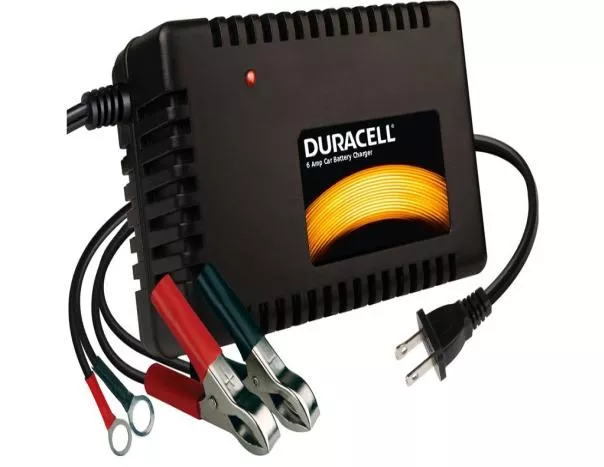
Recoup the battery energy once in 3-4 months to let it more active
10. Change timing belt
This string is used to bring all other components of the alternator together. Therefore, it could be excessively worn. If the belts break, you could have to spend an amount of money repairing the alternator. Manufacturers recommend replacing it after every 80,000 – 120,000 km.

Timing belts is always under high pressure of the engine running that it could be quicky worn
We have gone through 10 tips on how to maintain your new car. Make them as a routine. You can save a lot of money and your car will stay with you longer. Hope you have a healthy car with our car maintenance tips!











